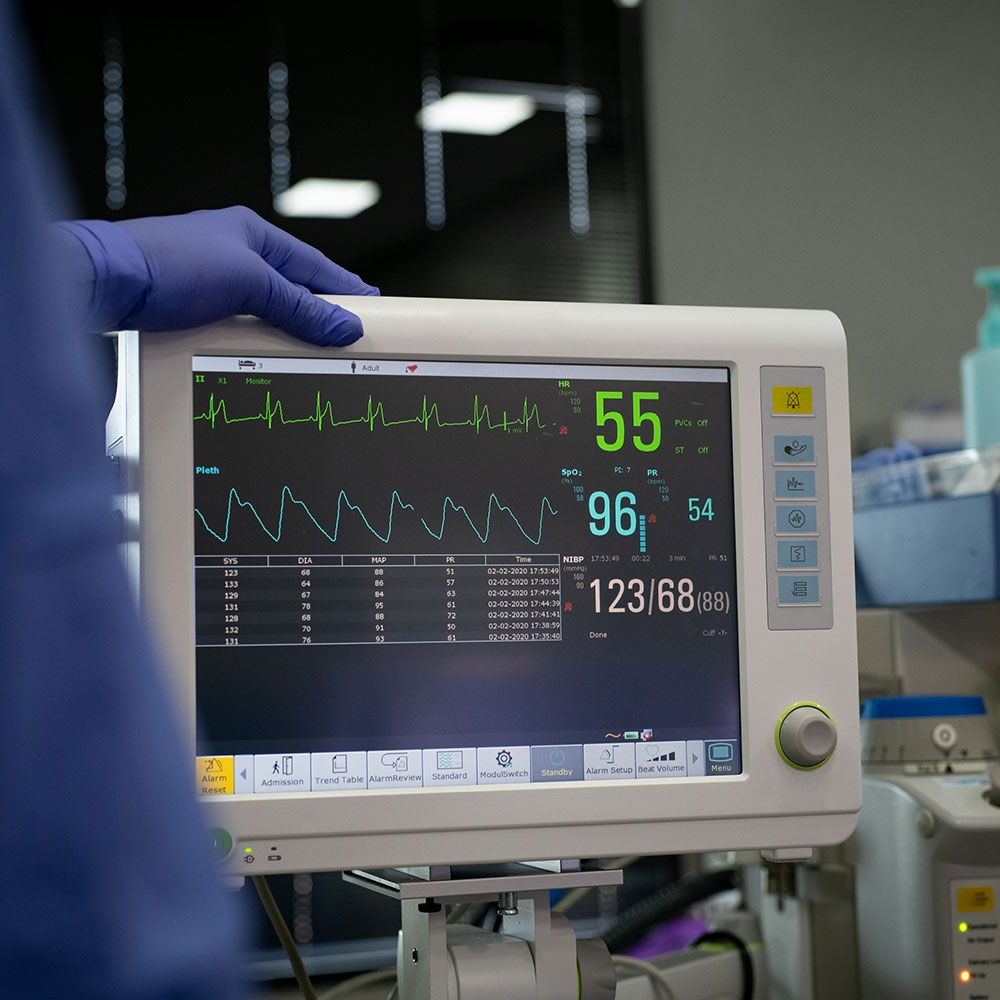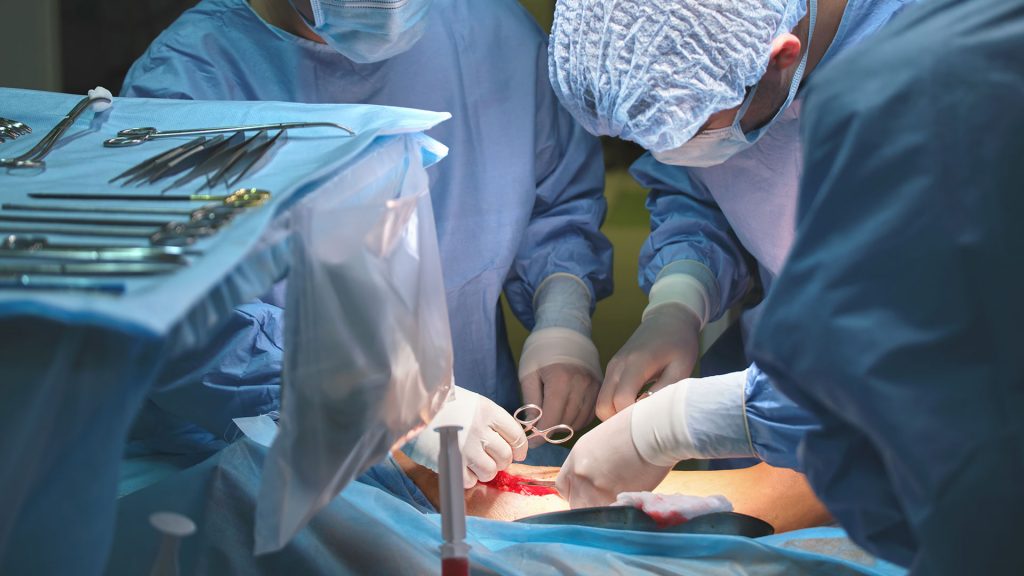The possibility of diagnosis, treatment, and prevention of cardiovascular diseases has increased due to advances in the method of care. One such method includes interventional cardiology which has gained popularity and bridged the gap between many specialties.
WHAT IS INTERVENTIONAL CARDIOLOGY?
Interventional cardiology is a unique and blended medical discipline that combines the knowledge of cardiology and internal medicine supported by analytical thinking and physical skills of cardiologists ranging from common to subspecialties (1). This subspecialty makes use of specialized imaging techniques and other diagnostic methods to evaluate the pressure and blood flow through the arteries of the heart and its chambers. Along with that interventional cardiology make use of medications and technical procedure to treat irregularities that impair the cardiovascular system (2).
The scope and practice of interventional cardiology have expanded and in addition to coronary interventions, it also includes structural and peripheral vascular interventions (3). This subspecialty makes use of catheter-based treatment specifically, a flexible and small tube and helps in the treatment and diagnosis of vascular diseases, coronary artery disease, and acquired diseases of heart structure. Moreover, one of the major focuses of interventional cardiology is in the diagnosis and treatment of congenital heart defects in pediatric patients (4).

THE USE AND APPLICATION OF INTERVENTIONAL CARDIOLOGY IN RECENT TIMES
Interventional cardiology uses the non-surgical approach through minimally invasive procedures to diagnose and treat various conditions of the cardiovascular system. Since its inception. The scope of interventional cardiology has expanded. Balloons and stents are used in non-surgical minimally invasive procedures to treat and investigate the coronary artery with the help of imaging devices such as optical coherent tomography (OCT) and intravascular ultrasound (IVUS) and pressure wires. A catheter is introduced into the artery to carry out the treatment through the groin or wrist under local anesthesia (5).
A minimally invasive interventional cardiology approach is cardiac catheterization evaluating the presence, location, and size of the deposits in the blood vessels along with the determination of the strength of cardiac muscles and the heart valves and their function (6). Interventional cardiology also includes the placing of the stent in the heart vessels with the help of a balloon catheter to maintain the flow of blood (7). For damaged heart valves, balloon valvuloplasty is a minimally invasive cardiac interventional method used to open stiffened or stenotic heart valves (8).
In children, 2/3rd of catheterization cases are conducted through interventional cardiology and therefore a viable surgical alternative has been increasingly offered by it. Closing patent arterial ducts and septal defects, treating stenosed vessels with balloon angioplasty and stent placement to implantation of artificial valves into conduits, and ablation of unusual conduction pathways have all been attended with the help of interventional cardiology techniques (9).
The interventional cardiology team at Symbiosis Speciality Hospital performs minimally invasive procedures in a sophisticated manner to manage and improve the symptoms of the cardiovascular system. For the disorders of rhythm, heart failure, angina, or ischemic condition, the experienced team at Symbiosis Speciality Hospital can evaluate, diagnose, and treat several conditions of the cardiovascular system.
Sources
1. Carreras ET, Williams DO. Interventional Cardiology. Circ Cardiovasc Interv. 2018 Apr;11(4):e006709.
2. FREIDA Interventional Cardiology (IM) Residency and Fellowship Listing [Internet]. [cited 2022 Mar 5]. Available from: https://freida.ama-assn.org/specialty/interventional-cardiology-im
3. Tobis JM, Abudayyeh I. New devices and technology in interventional cardiology. J Cardiol. 2015 Jan 1;65(1):5–16.
4. Columbia University, Department of Medicine. Conditions and Treatments [Internet]. Division of Cardiology. 2018 [cited 2022 Mar 5]. Available from: https://www.columbiacardiology.org/patient-care/interventional-cardiovascular-care/conditions-and-treatments
5. Faxon DP, Williams DO. The Changing Face of Interventional Cardiology. Circ Cardiovasc Interv. 2012 Jun;5(3):325–7.
6. Kern MJ, Sorajja P, MD MJL. Cardiac Catheterization Handbook. Elsevier Health Sciences; 2015. 546 p.
7. Mueller RL, Sanborn TA. The history of interventional cardiology: Cardiac catheterization, angioplasty, and related interventions. Am Heart J. 1995 Jan 1;129(1):146–72.
8. Bykowski A, Perez OA, Kanmanthareddy A. Balloon Valvuloplasty. In: StatPearls [Internet]. Treasure Island (FL): StatPearls Publishing; 2022 [cited 2022 Mar 5]. Available from: http://www.ncbi.nlm.nih.gov/books/NBK519532/
9. Rawlinson E, Forshaw N. 22 – Interventional Cardiology. In: Coté CJ, Lerman J, Anderson BJ, editors. A Practice of Anesthesia for Infants and Children (Sixth Edition) [Internet]. Philadelphia: Elsevier; 2019 [cited 2022 Mar 5]. p. 520-533.e3. Available from: https://www.sciencedirect.com/science/article/pii/B9780323429740000227





